
In buying in to the concept of Daimler’s smart fortwo, a consumer recognizes the impact of efficiency across the board; not just in terms of fuel efficiency. Initial cost outlay is low. Maintenance costs are much lower than on the diesel-powered first-gen smart cars which came to Canada in earlier in the decade. Exterior dimensions belie the spaciousness inside. The smart fortwo accomplishes its tasks with minimum expenditure, the true definition of efficiency.
As soon as the car increases in price while, at the same time, packing on the pounds with equipment, its efficiency argument evaporates. That’s why the smart fortwo Brabus cabriolet is a perfect example of a Good Car Gone Bad. $20,990 nets you a nicely equipped convertible, sure. That’s hard to find anywhere else. But the payout for frivolous accessories doesn’t bring about improved performance, increased space, or enhanced economy. In a car meant to save you money, effort, and time, the smart fortwo Brabus cabriolet strikes everybody but the three people who bought one as horrifically overpriced and thus contradictory to the smart’s purpose in life.
Want the smart fortwo to be smart, indeed? Think pure (as in equipment lines) with as few options as possible. Keep the weight low. Keep the price low. Otherwise you’re spending your money in the wrong place, turning a very Good Car into something very bad.
Related From GoodCarBadCar.net



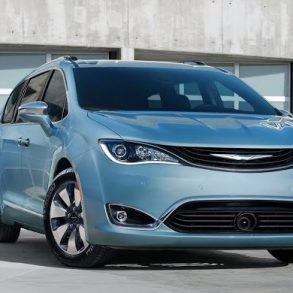
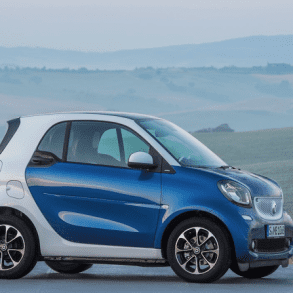
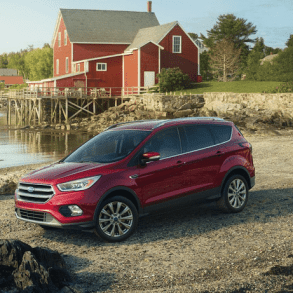
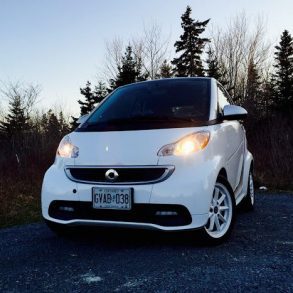
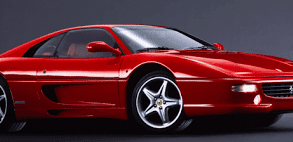
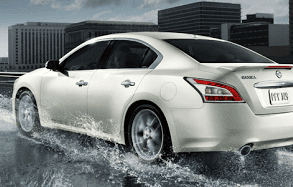
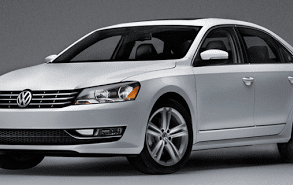
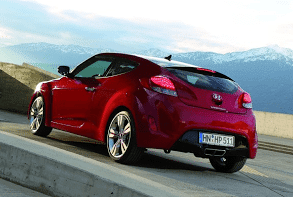
Passion has better wheels anyway.